It’s a fact that the goal of condo landscaping is to increase owners’ enjoyment of their property and enhance the value of the investment in their home. Typically, condo complexes have a landscaper in house and/or under contract to care for the lawns, flowers, and other plantings around the property. Smaller condo buildings may have a lawn or landscaping service to do quick weekly grass cutting, but due to the size and budget of the association, a personal touch from one or more green-thumbed condo owners can enhance the community’s curb appeal.
Many condominium associations encourage residents to get more involved in the planning, designing, planting, and caring for exterior flora, whether it’s sprucing up flowerbeds, courtyards, and entrances or researching the costs for suitable shrubs and other horticultural specimens for upgrading their property. These activities commonly are handled by a gardening or landscaping committee.
Although gardening and landscaping committees are not a requirement, they are often formed because residents in the condominium community see a need, according to David Abel, senior property manager/condominiums division at First Realty Management in Boston.
Interestingly, the residents are often surprised that they can form one, he says.
There are a variety of ways to start a garden or landscaping committee. Sometimes the genesis is from someone that enjoyed gardening at his or her former residence and wants to continue dabbling in that curb-appeal activity. “This person is usually passionate about discussing trees, shrubs, flowers and is eager to work with the landscaper about what could be planted when and where,” Abel explains. “They gravitate toward starting, chairing, or joining this kind of committee.”
Or it may be a handful of residents who decide to form a garden/landscape committee to examine ways to improve and replace decades-old and overgrown landscaping encroaching upon the building and entrances. The committee then submits thoroughly researched recommendations to the board. “Different sites do different things,” he adds. “More often than not, it is a win-win for the landscaping committee, the board of directors, and the management company.”
Avoiding Conflict
For the condo board and manager, avoiding conflict between the landscaping committee and the landscape contractor is indeed a delicate dance, especially if the committee takes a heavy-handed approach toward the property’s landscaping activities. “Getting the landscaping committee involved with the landscaper, of course, is key to the success of this relationship,” Abel says. “However, if a resident gets too controlling, I will say that we value your recommendation but we have a certain amount of money to spend on landscaping and we need to be mindful of that.”
And there are those sporadic occurrences when the landscaper is contacted directly by a committee member requesting specific specimens to plant or remove, for example. “This can be a rather confusing situation for the landscaper, because he or she is uncertain if this task is supposed to be done,” Abel says. “The committee member does not have that authority; the property manager or board does.”
Stephen Margolis, CMCA, of Margolis Management and Realty, LLC, in Hamden, Connecticut, agrees. “Committee members should not be instructing contractors how to do their job, and that goes for unit owners, too,” he said. “Even if a committee member has a PhD in pruning, he or she should work through the property manager.”
The owner of the landscape or gardening company ideally will have good technical skills and knowledge of plant material, fertilization, and weed control, Margolis points out. “He or she may even have specific state licenses. It is best to avoid a discussion or confrontation between the committee member and the contractor/business owner regarding which month is best to prune roses; where, how and when to apply weed control; and how much mulch is required to be beneficial.”
Furthermore, one of Abel’s goals as a property manager is to bring the committee and the landscaper together to make these decisions. “I’m obligated to encourage them to work together to create clear-cut roles and responsibilities,” he emphasizes.
Abel’s had success with encouraging various landscaping committee members to walk their properties with the landscaper in the late March/early April to examine the grounds, identify, and determine what might plantings need to be replaced, removed, pruned, and maintained. “The committee will take this walk again in a month with the landscaper, because nothing has really budded at this point,” he says, “but it begins a dialogue between the two. That’s important.”
Lynne A. Kelly, president of Kelly Property Management Corp. in Burlington, Massachusetts, points out that a strong board needs to keep a gardening/landscaping committee from going overboard. “It can be a real challenge to have a group establishing gardens where owners do not want them or even planting shrubs or plants that are not indigenous or appropriate,” she said. Roles need to be defined. A property manager will bring in a landscaper who knows what he or she is doing. A professional landscaper knows, for example, when shrubs need to be trimmed and what to plant when and where.”
Kelly maintains that the board should determine guidelines for the landscaping committee to keep things under control and “to reach a happy medium among the owners, landscaper, board, property manager, and landscape committee.”
Doing the Job
The duties of a condominium gardening or landscaping committee can vary as much as the people serving on them. Some groups are very hands-on, with members getting their hands dirty planting, weeding, and maintaining. Others are more conceptual—concerned with the design and aesthetic look of the landscaping and opt out of donning their gardening gloves—offering well-researched suggestions on what areas may need attention at their properties. These could be overgrown wooded areas, patches of bare lawn, or prominent spaces lacking colorful blooms.
For the most part, these landscaping committees are hands-on tilling and preparing the soil when necessary. “If there is no irrigation available, they will take care of the watering and cultivating the plants, too,” Kelly adds. “Whether the group is composed of a couple of people or ten, it is usually a very dedicated group.”
That is certainly true of the Quisset Brook Condo Association’s landscaping committee. Judy Sweeney co-chairs an active five-member group who take their commitment as seriously as a tulip bulb ready to bloom on sunny May afternoon.
Quisset Brook sits on more than 32 acres at the base of the Blue Hills in Milton, Massachusetts. “Caring for a community this large requires a dedicated group willing to work with the community, the landscapers, the board, and our management company,” she said. “Our committee maintains and enhances the overall look of our community. We present detailed recommendations and proposals to the board with respect to budgets and projects.”
For example, in 2014, the committee hired—with board approval— a landscape design company to create a template for a new plan to update the nearly 30-year-old landscaping around the 56 units. “Many of the shrubs are overgrown or are at the end of their lives,” Sweeney said. “We needed a strategy to replace these older plantings.”
Since Quisset Brook is adjacent to protected woodland, one design guideline was to select deer-resistant plantings. A second design element required suitable options for shaded areas and sunny areas around the property.
“Replacing all the landscaping would cost the association several hundred thousand dollars,” Sweeney explained, “and require an assessment or an increase in condo fees. When we presented the new design to the board we provided options for this work. Rather than doing it all at once, we suggested working with the unit owners on a one-to-one basis. We surveyed the property, made a list of the units needing immediate attention, and prioritized the work around the complex.
“We presented the design to the community, laid out the priorities, and explained we only could replace the landscaping at two to three units a year based on the current budget,” she added.
The outcome? “Many owners were happy to work with us,” she said. “We helped them pick out one of the design options and offset their cost. We worked with the landscapers to achieve their plans. The committee was pleased with the community’s reaction.”
Surveying the Scene
The landscape committee at Quisset Brook also surveys the entire property at least three times a year. “We walk the property with our landscape contractor and our management company twice a year in the spring and fall to identify maintenance work needed around the property, Sweeney points out. “We also walk the property with our arborist at least once a year.” During these walks, she takes scrupulous notes on recommended work parceled into three categories: routine maintenance; removing large bushes or vines; and large-scale projects such as redoing the community’s front entrance.
Sweeney’s committee is willing to don their boots and gardening gloves and dig in to help plant flowers and shrubs. “This year, we will finish our work at the entrance by planting seasonal flowers to provide some pop and color,” she said. Last year, the committee replanted bushes along the entrance way. Sweeney, who has always enjoyed gardening at her other homes, said the committee members use their own tools and also will water the flower beds and newly- planted shrubs.
Keys to Success
For condo associations looking to establish a gardening or landscaping committee, Abel offers this advice: “A committee really needs to establish a sense of credibility to be taken seriously in a community. Be sure to provide a formal report to the board at each monthly meeting. Walk the property and observe what needs attention or to be replaced.”
Having a game plan is critical too, Margolis adds. “Committee members should meet with the property manager and landscaper before the planting and pruning season begins to discuss the actual specifics of the landscape contract. Detail everything you want done and when. Communication is key.”
The ability of the landscaping committee to work with the community is critical. “There are restrictions on what a unit owner can do with the landscaping around their unit,” Sweeney says. “The landscaping committee must help the community to understand the approval process to ensure consistency and an overall landscape design.”
And an effective landscaping committee requires more than just including members who love flowers. “I am not minimizing the importance of that love and knowledge on a committee,” she adds, “but we must work within a budget and be savvy enough to present a proposal to the board and community to justify any expense outside of the existing budget.”
Landscaping is a significant piece of a condominium infrastructure and represents a substantial cost, usually hundreds of thousands of dollars, according to Abel. “Making and maintaining this long-term investment to enhance the curb appeal of the property is never to be taken lightly,” he concludes.
Cynthia Allegrezza is a freelance writer in Massachusetts and a contributor to New England Condominium.



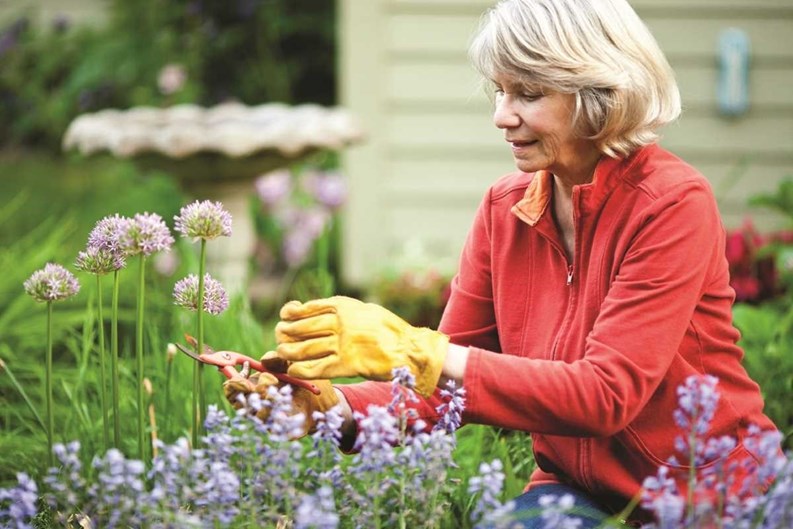


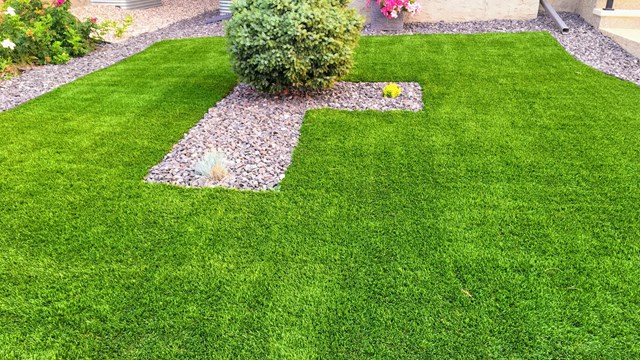
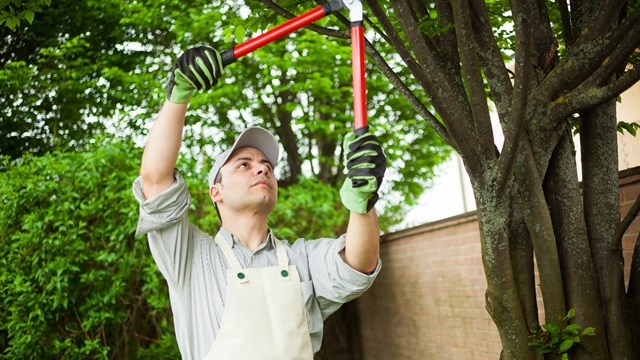
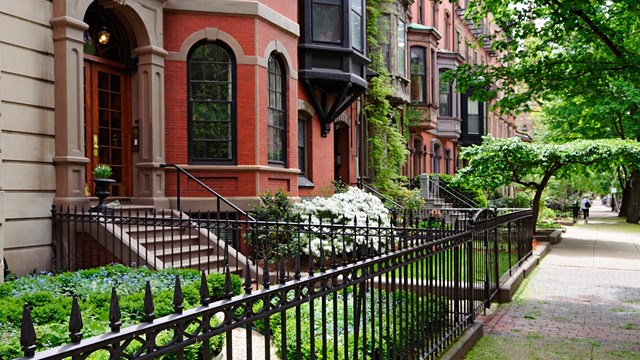
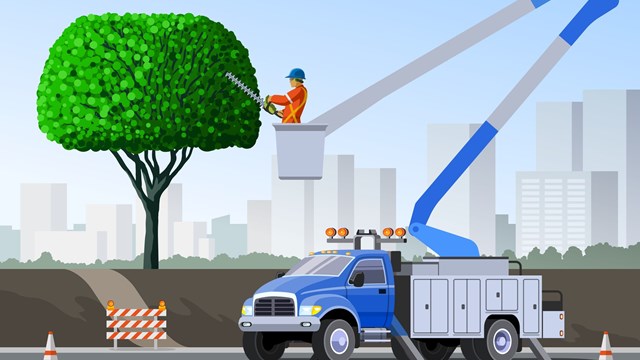
Leave a Comment